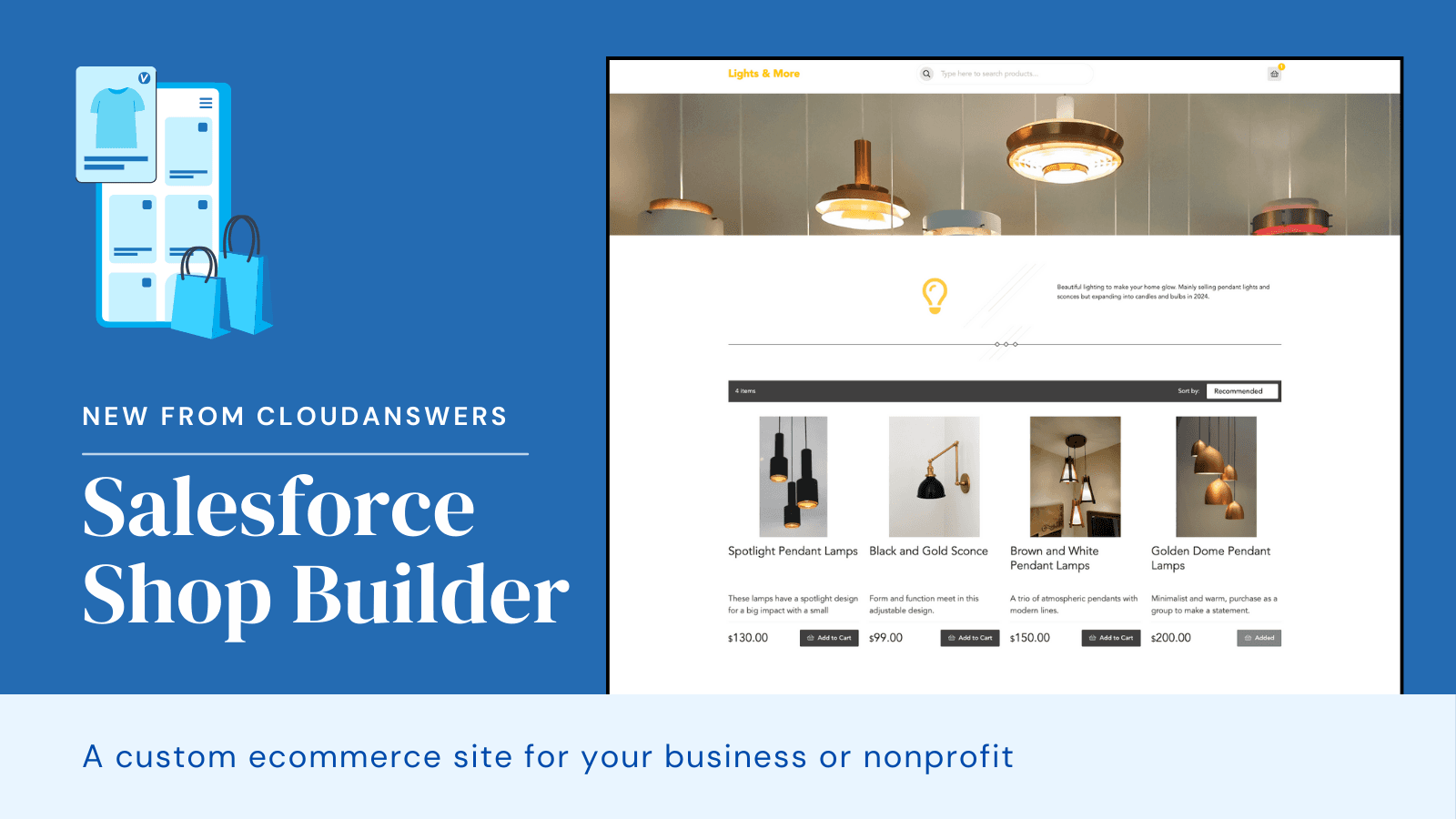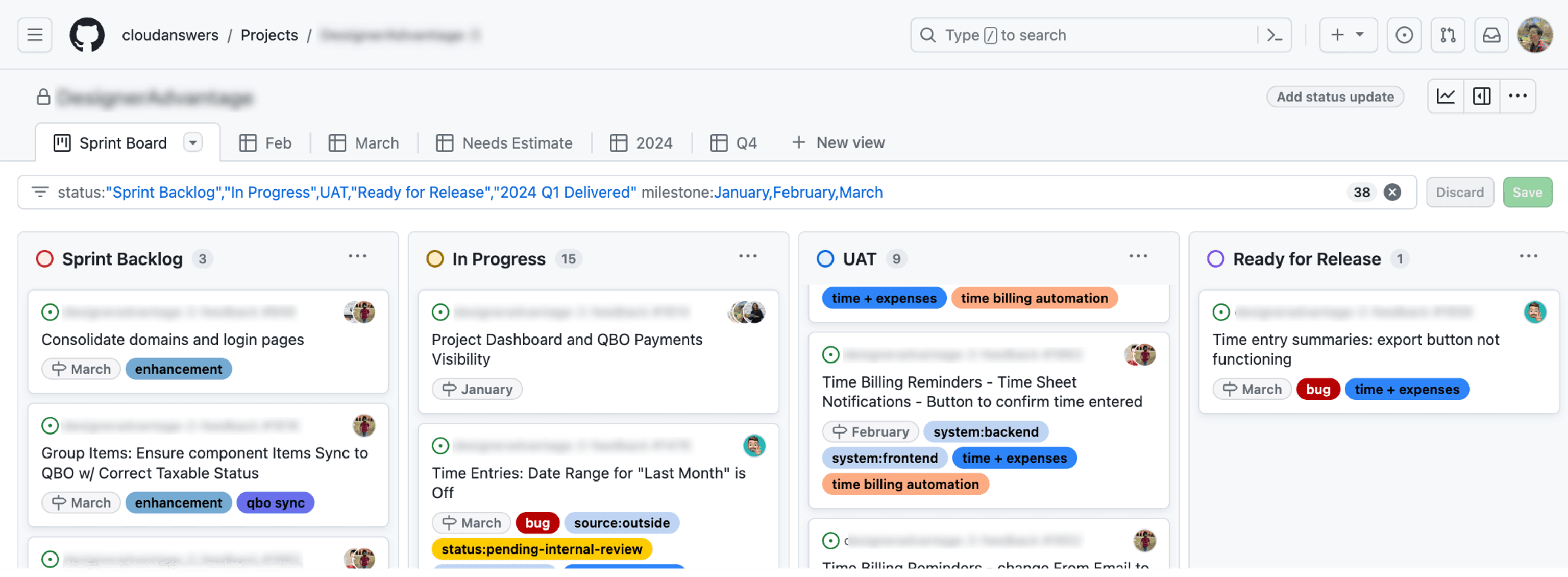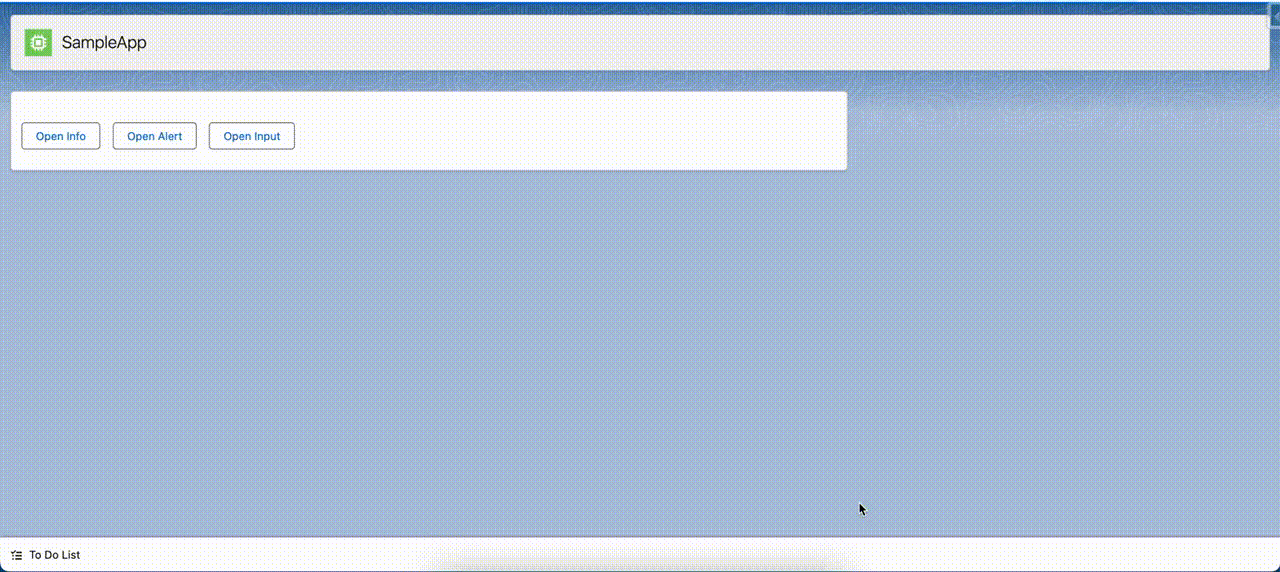
Today's business relies heavily on data. Companies need data to engage customers successfully, thrive on the digital transformation path, or interact with partners and other companies. Therefore, decisions can be for the better or worse, depending on how accurate the underlying data is. Whether or not a company can seize a fresh opportunity depends on data too.
A company's future success depends on making data-informed decisions quickly and effectively. Companies that don't follow these practices may be at a disadvantage. According to reports, poor data management costs organizations an estimated $3.1 trillion in the United States yearly.
In addition to poor data management, duplicate data is one of the practices that can cut an organization from the success train. It can occur for several reasons, but it is not a peculiar challenge. Duplicate data costs businesses in America an estimated 600 billion dollars every year, but the adverse effect on companies cannot be overemphasized. Therefore, it is essential to understand the negative impact of duplicates.
Calculating the Costs
As many as 94% of companies believe that their customer and prospect data is erroneous. Businesses can incur high costs due to the existence of these duplicates, with hidden costs eating deeper into the profits. Your marketing budget can quickly go down the drain if you have data duplicates. For example, three records for one consumer means three catalogs. The costs of sending the same information several times are enormous, especially on a larger scale. Assume you're sending an email at $3 per 1,000 emails. If you have 100,000 email addresses and 10% are duplicates, you lose $30 every time you send an email. Think about how many dollars you could lose if the same mistake occurred during your marketing efforts.
Decision-making may be hindered if your marketing data isn't reliable because data integrity issues make it difficult to make informed decisions. The expenses of data duplication run over the budget. In addition, loss of productivity has its price tag. Customers with multiple records imply a time-consuming and challenging customer support experience for both sides.
Storage Expenses
First of all, multiple copies of the same data result in higher storage costs. Consider this example, 100 people in your business submitted a 1 MB email attachment. With 100 attachments in your database, you need 100 MB of storage space. By deleting duplicate entries, only one instance of the attachment is required to be saved, hence saving space. But, the storage expenses are not the only focus.
There are significant costs associated with excessive data duplication connected to servers regardless of how inexpensive storage might be. Infrastructure costs are the most common form of these costs. Database software is often necessary to handle the access to the data on the servers. Some businesses are sufficiently advanced that they can assign expenses based on applications and even business functions. Still, only a few companies are mature enough to know what data is duplicated across the applications they manage. For this reason, managers may end up purchasing storage in large quantities, hence buying too much.
ETL and Labor Costs
When you use the Extract, Transform, Load (ETL) strategy to copy data, it's straightforward and fast. It can create interfaces across systems to replicate data, and the costs are usually minimal. However, the data copies diverge over time. Any changes to the dynamics can cause the data to fall out of sync or "drift." Using inaccurate data(duplicates) in this way can be dangerous, with far-reaching consequences in the long run.
Many organizations employ ETL developers in their business analyst teams, which spend most of their time managing data pipelines, leaving little time for data analysis. Bottom line? The habit of copying data comes with additional expenses. Also, a single change in one system can have a ripple effect on several other applications. Then overall developmental costs go to the roof at the expense of productivity.
Inaccurate KPIs, Reporting, and Audit Issues
Companies use important metrics to measure and forecast their performance against their own goals and the competitions. However, accuracy will be a challenge if the organization relies on duplicate data to construct its KPIs. For better decision-making and greater profitability, companies should consider one reliable source.
While duplicates can affect accuracy, financial reporting may also suffer. The accuracy of the crucial record-to-report function can be potentially undermined if information comes from multiple unreliable sources. Financial performance metrics will be affected, but so will compliance requirements. Redoing or postponing financial reporting because of data integrity issues never looks good.
Customer Service and Engagement
We know that CRMs make it easier for businesses to communicate with their consumers, provide better customer service, and boost brand loyalty by providing a centralized data source. Therefore, the system is as good as the data that feeds them. Improving the customer experience can prove problematic when customer records have duplicate entries, missing entries, etc.
Bad data affects customer service and sales. In most cases, a client calls to inquire about a purchase they made earlier, and because the CRM is refreshed every night, the company won't have a trace of it. In other cases, discrepancies between the CRM and the ordering system may occur. If a company's marketing teams cannot delete duplicate records during marketing efforts, they risk losing their audience.
How you can prevent data duplication
Preventing data duplication is the best way to avoid all issues mentioned above. It's an automated procedure that uses algorithms and data processing in your lead database to find and merge probable duplicates. Data entry errors can be curtailed by following consistent procedures the first time a customer's information is entered.
- Consider running duplicate data through filters regularly. In most data management tools like Excel, there are basic features for removing duplication.
- Ensure that the prospecting data you receive is accurate and void of duplicates by sourcing it from a trusted source.
- Stop using prospecting data you've paid for in your home file. When purchasing data, be sure that your residence file can be suppressed. Duplicate data will be reduced, and you won't have to pay for data you already own.
- To find duplicate data, work with reliable data management like CloudAnswers. They have been recognized as experienced data business specialists and are the builders of the Potential Duplicates component, which you can use to find and merge duplicates.
Clean data is error-free data, saving you a lot of money if you confirm it before launching your marketing efforts. The expense of removing duplicate data is lesser than scrubbing data.
Related Articles

Product Launch: CloudAnswers Shop Builder
Are you looking for an easy way to launch an ecommerce shop? Our new app, Shop Builder, is now in public beta! We’re looking for companies that want to build an online shop but don’t want to spend thousands building it out.
April 12, 2024
5 Min Read

A Day in the Life of a Project Manager at CloudAnswers
I'm Emily, and I've been a project manager at CloudAnswers for the last two years. It can be a nebulous role, but I like to say I act as a bridge between the product vision and tangible results, whether that is building a custom app for a client or one of our own Salesforce products. My typical day revolves around managing tasks, ensuring progress, and maintaining standards while adhering to project timelines.
March 22, 2024
5 Min Read

Create a Custom Lightning Component for Alert and Confirm Dialogs
As front-end developers, there can be numerous instances when we need to display a prompt, a confirm dialog, or a confirm dialog with some input control to accept some value from the user. If you happen to be a Salesforce developer reading this article, you must have had such a requirement while writing lightning components.
March 4, 2024
6 Min Read

